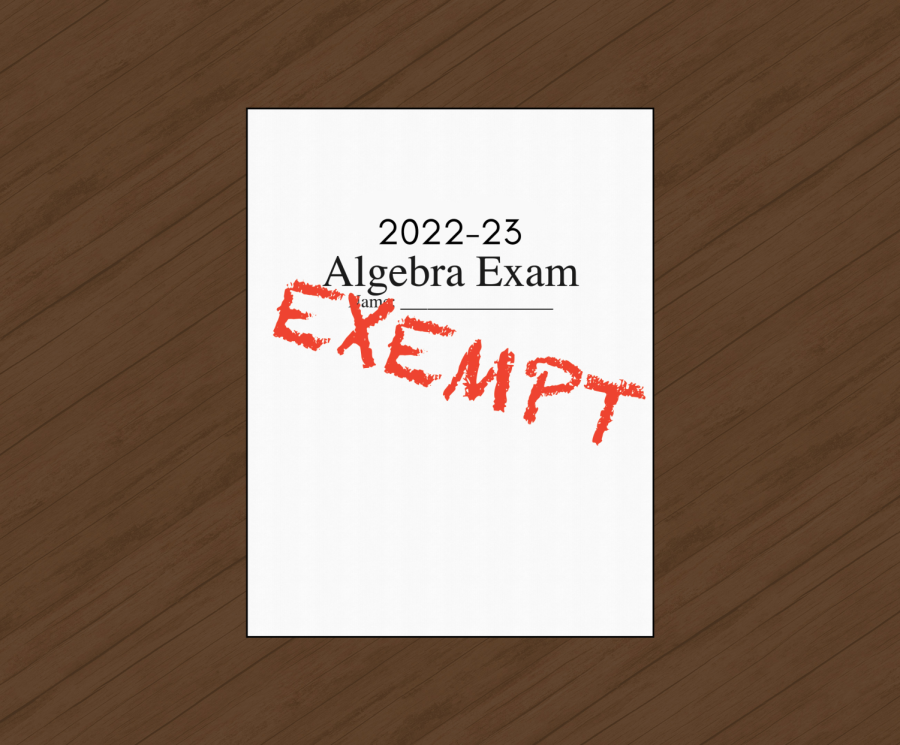Incentives are only inducing stress
February 9, 2023
At Bowie, students who have perfect or nearly perfect attendance are rewarded with incentives. Earning incentives allows students to substitute their final exam grade in one to two of their classes with their semester average grade. Incentives are meant to encourage students to come to school, not to skip class, and to maintain healthy habits, however, there are many harmful aspects of incentives.
Despite being a system built to motivate students, incentives can actually have the opposite effect and can end up harming students’ mental and physical health. As a society, we are increasing the pressure for companies to give paid sick days and provide employees with mental health days, which is diametrically opposed to an incentive system based on attendance for a measure of success.
For many students, instead of providing positive encouragement to attend school and not skip class, incentives add additional pressure and stress to an already stressful environment. Students may feel the need to attend school even when they are sick. Attending school while sick can affect students’ mental and physical health and also negatively impact their performance in school. Moreover, Austin is experiencing high levels of positivity rates for COVID-19, influenza, and RSV, Respiratory syncytial virus which carries a risk of severe outcomes such as bronchiolitis. With these diseases being spread around Austin, and Bowie, it seems as if an incentive system would only pressure students to come to school with contagious illnesses.
While more attention is drawn to absenteeism than sickness presence, sickness presence is still something we should draw attention to. Students being absent is usually something that is enough to get them shamed, or make them guilty, but would school staff rather these students come to school? Sickness exists, and we don’t always need to see a doctor if we contract a sickness. If someone has a cold, why would they waste a day at the doctor getting a diagnosis they already knew? It just seems impractical to go to the doctor every time you feel under the weather.
A recent study in Europe conducted by researchers at the National Library of Medicine gathered 5002 students from 25 different secondary schools. The results yielded that half of the students reported one to two incidents of sickness presence, one of the reasons for their sickness presence being attendance requirements. If it’s happening to teens in Europe, it’s happening to teens in the United States.
While incentive systems and sickness presence can be harmful, so can absenteeism. In Texas, even before COVID-19, chronic absenteeism averaged at 12.5%. More than 740,000 students missed at least 1/10 of school instruction in 2019, and that number has only increased since the pandemic. For high school students, high absenteeism is a greater indicator of dropping out than low test scores. And so far, Texas does not define chronic absenteeism or help Texas schools combat absenteeism.
One solution could be allowing students to take a certain amount of mental health days, and sick days. For example, a student is allowed three mental health days per semester.
The incentive-based attendance system only adds to student stress and sickness presence in schools. It inflicts unrealistic and unhealthy standards onto students as it makes school attendance feel like it should come before their well-being.










